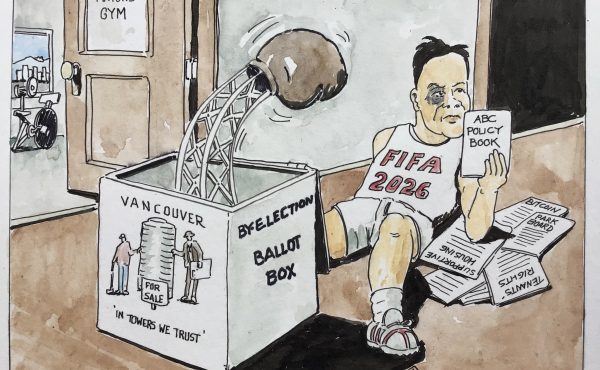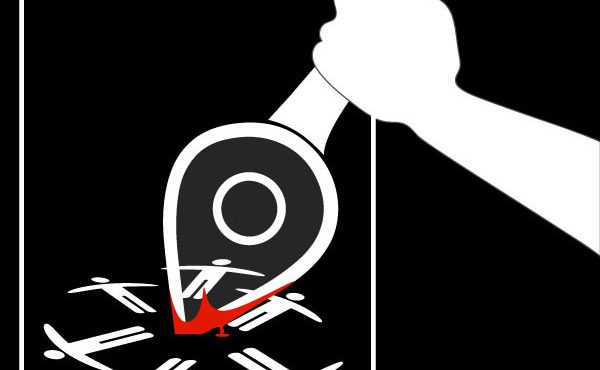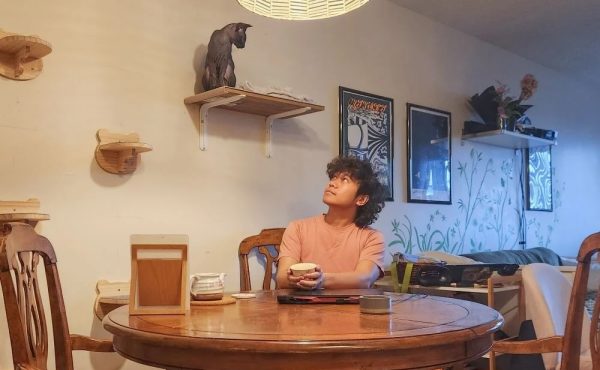
The nomination deadline for Vancouver’s civic election passed on Friday, with 94 people stepping up for 27 spots across the mayoralty, council, and boards for schools and parks. Eight slates are represented, though Vancouver is currently in the middle of a two-and-a-half-party system phase with Vision/COPE leading the NPA. The Green party and some newcomers will attempt to find the space to break through. At the top of the ballot, Incumbent Vision Mayor Gregor Robertson will face the NPA’s lone councillor, Suzanne Anton, and ten others.

One question that’s liable to crop up a few times in the race is whether there’s a Rob Ford equivalent in the race – that’s going to be up to the NPA who are branding themselves as “Suzanne Anton and the Common Sense Team.” On one hand, Frances Bula posted a rather familar sounding campaign ad and noted the campaigns share a research consultant. On the other, OpenFile‘s Luke Brocki tried to get Anton to make the comparison with Ford herself, and she claimed not to know anything about him.
Transportation is one of the first issues to come to the front this campaign, unsurprisingly led by the separated bike lanes. Anton is a self-described cyclist, like former NPA cycling advocates on council, and is part of a party previously praised by cycling advocates. However, today’s NPA seems content to cede this segment of the “green” vote and others to Vision. After initially coming out against throwing away the $3 million spent on the Hornby lane, she quickly added a bike lane moratorium and a remove-what-you-can’t-“fix” strategy to her position.
At the same time, however, she promised the NPA would breathe life back into the planned downtown streetcar network, which would extend the tracks from Granville Island to Waterfront via Science World for something on the order of $100 million. Not all of the tracks would run on or along surface streets and the plan would involve some kind of P3, but streetcars are not exactly a Fordian priority.
While it’s easy to quibble over which is better in terms of ridership (the 2005 estimate‘s 4.3 million trips per year at opening is a few times higher than the bike lanes currently, but nowhere near the bang-for-buck) or which serves commuters better than tourists and joyriders (toss-up depending on perspective), the choice of streetcar vs. bike lane is an intriguing one, nonetheless.
Vision’s Geoff Meggs and Gregor Robertson have both panned prioritizing the streetcar in the transit queue (over the Broadway corridor and existing bus service), but haven’t exactly mounted a rousing defence of the bike lanes. Vision is in danger of losing the narrative on the Hornby and Dunsmuir lanes, by most measures a clear success.
Lower down on the ballot, Vancouver’s at-large election for council spots and lack of anything resembling proportional representation or ranked choice combine to create a rather broken electoral system. Due to an electoral deal with Vision, COPE will not field a mayoral candidate and will run three for council as compared to Vision’s seven (the NPA is fielding the full ten, while the Green party has broken with Vision and COPE but are only running one).
Without wards, all city voters will see the same names (and more importantly, party identifications) on their ballots. The only thing stopping even a tiny margin in popular vote from turning into a complete bloodbath is the possibility to pick and choose; in 2008, Vision took 54% of the mayoral vote and turned it into nine Vision/COPE councillors out of ten. By some small miracle, 2005 ended up rather balanced, while many previous results tipped one way or another. Having your name sort alphabetically to the top of the list is often a huge advantage, as voter fatigue sets in before checking all 27 boxes.
***
Spacing Vancouver will continue to bring you periodic updates as the race progresses.



